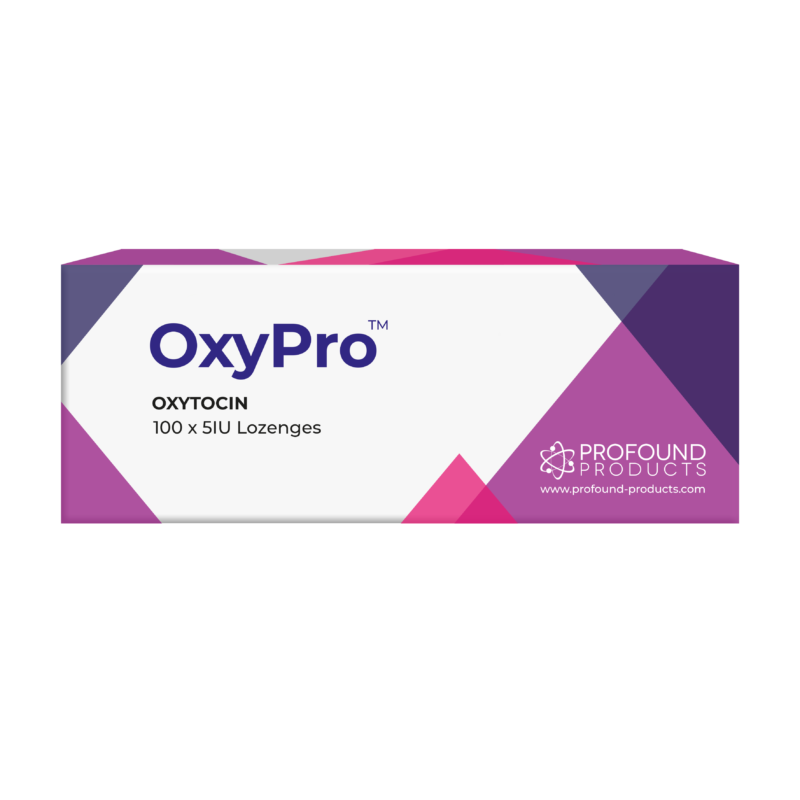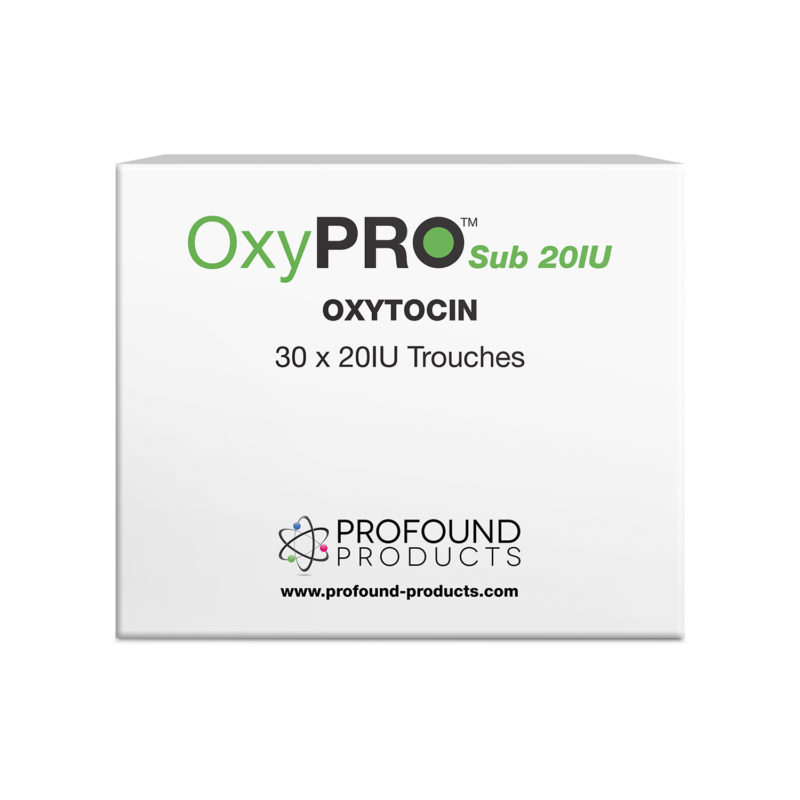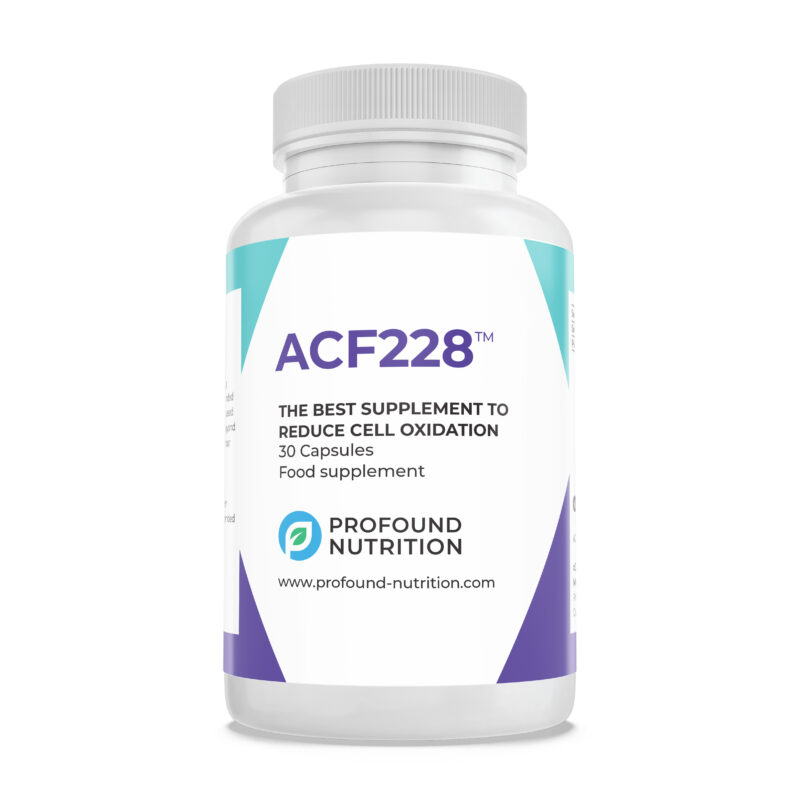The Nuts and Bolts of Aging Part One
(Aging is caused by random molecular damages exceeding repairs)
The belief that aging is an unsolved problem no longer holds true. Recent evidence suggests that aging is not a gene-driven process (1). Indeed, Nobel Prize winner and co-discoverer of DNA, Dr. James Watson, has stated in an email to me that only 5 percent of the diseases of aging are caused by malfunctioning genes (endnote one).
Instead, aging is a random loss of molecular fidelity during which molecules break, oxidize, caramelize, cross-link, unravel, and misfold. Our life spans are determined by repair mechanisms after we reach our mid-twenties. At this benchmark, the aging process begins because random molecular damages begin to exceed repairs. Furthermore, we experience an acceleration of this process after the age of 50. It is likely that random damages are determined by The Second Law of Thermodynamics (1).
The aging process is fundamentally different from the diseases of aging such as cancer and heart disease. These diseases are, in fact, artifacts of random damages that remain unrepaired. If you doubt this, please note that unlike any disease, aging changes:
(a) are ubiquitous to all species,
(b) have universal thermodynamic instability in animal species,
(c) occur after maturation in all members of a particular species,
(d) occur in all animals removed from the wild and protected by humans,
(e) occur in all multicellular organisms
(f) And occur in all animate or inanimate matter.
I conclude that no disease or pathology shares all six of these factors and therefore aging must result from random insults or injuries according The Second Law of Thermodynamics. Consequently, the health care system spends enormous amounts of time and money on the results of aging, namely age-related diseases. And the drugs we used to treat these diseases often only treat the symptoms and not the underlying causes of aging; we should be investigating these underlying causes and the consequent repair of our disintegrating bodies to overcome and reverse random damages induced by, for example, hormone deficiencies, free radicals, and other miscellaneous deteriorating processes.
Hormones are critical to every single function in the human body
To the observant eye, the insidious damages of aging are blatantly apparent. They become more and more obvious in people older than 50 years when damages definitely exceed repairs. They often manifest themselves in the thinning and graying of the hair, increased skin wrinkling, unsteady gait, and slower reaction times. These four phenomena and numerous others are a result of cellular damages overwhelming the body’s ability to repair them. Also, multiple hormone deficiencies do not just rip through and deplete bone, muscle, and skin. In addition, they often fragment the mind like a fist to a mirror. We call this ‘memory loss’ or ‘cognitive impairment.’
Interestingly, Mother Nature has endowed all her creatures with natural repair mechanisms. These mechanisms are often hormonally driven because hormones control functions such as growth, blood pressure, muscle tone, memory, genes, anxiety, fatigue, sex drive, fertility, and virility. Hormones are critical to every single function in the human body, and they are many orders of magnitude stronger than synthetic prescription drugs. Hormones are often instrumental in repairing damages caused by free-radical storms: meaning an ongoing cascade of free radicals generated by our continuous burning of oxygen.
Unfortunately, these basic facts are poorly understood by members of the medical profession, who at the stroke of a pen write out expensive patented drugs instead of seeking out the true causes of our medical and aging problems. For example, if you were to ask your medical provider for help with your problems of aging, he or she would typically reply, “Sorry, but we only handle diseases; we don’t treat aging.” Instead, we should be looking at hormone deficiencies.
Hormone deficiencies: Oxytocin and vasopressin critical to health during aging
Tragically, autistic children who lack the vital brain hormone oxytocin portray auspiciously how our brains will behave as we age, deteriorate, and progressively lose our hypothalamic production of oxytocin. Interestingly, in the case of Parkinson’s disease, brain malfunctions are also linked to low oxytocin caused by aging (2).
According to hormone expert Dr. Jorge Flechas, oxytocin is the number one neuropeptide in our brain, and we should take every precaution to insure a steady supply of this essential hormone and brain nutrient. Without oxytocin, our brains deteriorate according to The Second Law of Thermodynamics. This life-sapping process engenders loss of short-term memory, increased muscle pain, and a general loss of sex drive, well-being, and happiness (2). Thus, I recommend one spray of 10 IU Oxy-Pro™ taken at bed time. This dose also promotes a deeper and more restful REM sleep. Alternatively, a 40 IU dose will allow mono-orgasmic women to become multi-orgasmic (3).
A second brain hormone structurally similar to oxytocin is the bio-identical vasopressin (Vass-Pro™ coming soon). These two neuro-peptides differ from each other by only two amino acids. If both are severely deficient, we may feel faint when we suddenly stand up.
Both of these bioidentical hormones are produced by the same cells in our brain’s hypothalamus, and, interestingly, vasopressin (Vaso-Pro™) produces an even stronger enhancement of memory than oxytocin or even the synthetic vasopressin (desmopressin). For example, college students who take Vaso-Pro™ as a supplement before an exam experience four hours of enhanced memory (3).
A second benefit of vasopressin is that it prevents us from becoming dehydrated. Dehydration is a serious consequence of aging, and often more than half of seniors are dehydrated (3). For example, when natural vasopressin is deficient, we tend to urinate more frequently day and night, and this effect eventually causes drying and dehydrating skin that becomes visible as fine wrinkles.
Turning the tide of damages exceeding repairs with full-spectrum antioxidants
Anti-aging medicine also has the goal of reducing ongoing free-radical damages to our bodies. Thus, you should be consuming a broad-spectrum antioxidant such as ACF228™ daily. ACF228™ has been approved by the Swedish and Italian FDAs specifically for the treatment of human aging.
Daily attack of free radicals in our bodies
We all breathe pounds of oxygen daily that our bodies subsequently convert to grams of superoxide radicals in the respiratory chains of our mitochondria, the cells’ energy factories. This conversion results in approximately 7,000 chemical ‘hits’ or attacks daily to our DNA.
Our DNA is similar to candles in the wind that are rained upon by free-radical storms daily. Indeed, these radical storms are eight times more aggressive during heavy aerobic exercise versus resting state (3). In other words, heavy aerobic breathing of oxygen generates a cascading avalanche of free radicals that may damage our genes.
ACF228™ helps to mitigate these cascading storms of superoxides and other reactive oxygen species (ROS) such as hydrogen peroxide and lipid peroxides (endnote two). Superoxides and ROSs are highly toxic and reactive chemicals that acquire an extra electron from an imperfect respiratory chain. That extra electron makes them highly unstable chemically, and some radicals, such as the hydroxyl radical (symbol ●OH), are so reactive that they will destroy our bodies’ biological materials in a matter of nano-seconds. Fortunately, we have many redundant control-and-repair systems that only begin to slow down and fail when we are over age 50.
ACF 228™ helps to turn the tide of these insidiously toxic chemical storms and thus minimize subsequent repairs. For example, in the ACF 228™ formula, NDGA (nordihydroguaiaretic acid) helps to streamline electron flow through the respiratory chain of mitochondria and thus inhibit free-radical formation. In 2003, three independent government labs tested NDGA for life extension in mice, and the NIA (a branch of the National Institute of Health) reported an 8 percent lifespan increase. No other antioxidant formula in the world today can make this claim for extended lifespan backed by extensive government testing (3) (also, endnote two).
Still another remedy for neutralizing or attenuating cascading free radicals from the respiratory chain is a new product called ACF228 Breathe Easy™.
ACF228 Breathe Easy™ attenuates cascading free radicals and prevents age-induced inflammation
ACF228 Breathe Easy™ is inhaled and enters the lungs in the form of a fine powdery mist. It therefore bypasses the digestive tract via direct absorption into the highly sensitive epithelial cells of our lungs. Upon contact with these cells, the fine powdery mist is rapidly absorbed through cell membranes. This powdery mist reacts biochemically with arachidonic acid in the presence of omega-3 fatty acids to form special pro-resolution, anti-inflammatory molecules called lipoxins. Lipoxins directly and efficiently quell inflammation in these cells (eosinophilic granulocytes) and throughout the body (4). They also help to alleviate asthma and chronic obstructive pulmonary disorder (COPD), both which are often associated with inflammation and mucus congestion. Without healing lipoxins, inflammation and edema (puffiness) dominate these sensitive lung cells as well as other cells in our bodies. Indeed, chronic inflammation and edema often prevent us from living past 80 years of age. If you doubt this last statement, please ask yourself if you have ever seen anyone alive older than 80 years who is overweight and has edema!
Conclusion
After the age of 50, a large part of aging occurs when damages exceed repairs. To reverse this process, I suggest that small, prophylactic doses of hormones and free-radical scavengers be used as daily supplements.
Note: Both Vass-Pro™ and Oxy-Pro™ are packaged in brown glass bottles to protect the sensitive amino acids from heat and oxidative decay (see endnote one).
Endnotes
1. “Monogenic disorder such as cystic fibrosis, thalassemia, and sickle-cell anemia can easily be explained and understood by DNA mutations of protein-coding sections of the genome. However, most complex diseases are NOT monogenic and cannot be easily explained by DNA mutations or SNP’s [sic] of protein-coding regions of the genome. 95 percent of these diseases are probably due to non-coding sequences, far away from any protein-coding region of our DNA,” says Dr. James Watson.
2. ACF228™, Vass-Pro™, and Oxy-Pro™ have all been packaged in special bottles to protect from oxidation and ROS caused by atmospheric oxygen and sunlight (photochemistry). For further protection and improved shelf life, I encourage storage in the refrigerator and when opened they should be consumed within 30 days. Longer storage requires freezer storage. Many competing antioxidant products are not packaged properly, (think paper and cheap plastic bottles) nor stored properly (think room temperature) and thus they will deteriorate. If you doubt these statements, try comparing the taste, aroma, and color of various antioxidant products stored at room temperature to those in freezer storage. During several months, such mistreated products will lose their color, aroma, and fresh taste! These oxidative changes (rancidity) are caused by a basic principle of organic and physical chemistry, namely, every ten degrees centigrade decrease in temperature cuts in half the chemical-reaction speed between oxygen and ROS in organic materials (food, supplements, and antioxidant mixtures).
References
- Hayflick, Leonard. Nov. 2012, “The Etiology of Aging Is Now Understood”
Keynote speaker, AMMG (Age Management Medicine Group) conference, Las Vegas, NV. - Flechas, Jorge. Nov. 2012, “Oxytocin and the Aging Brain,” speaker at AMMG conference, Las Vegas, NV.
- Lippman, Richard. 2009, Stay 40. Outskirts Press, Boulder, CO.
- Pavord, ID et al., 2012, Lancet, 380(9842) pp. 651-659.


